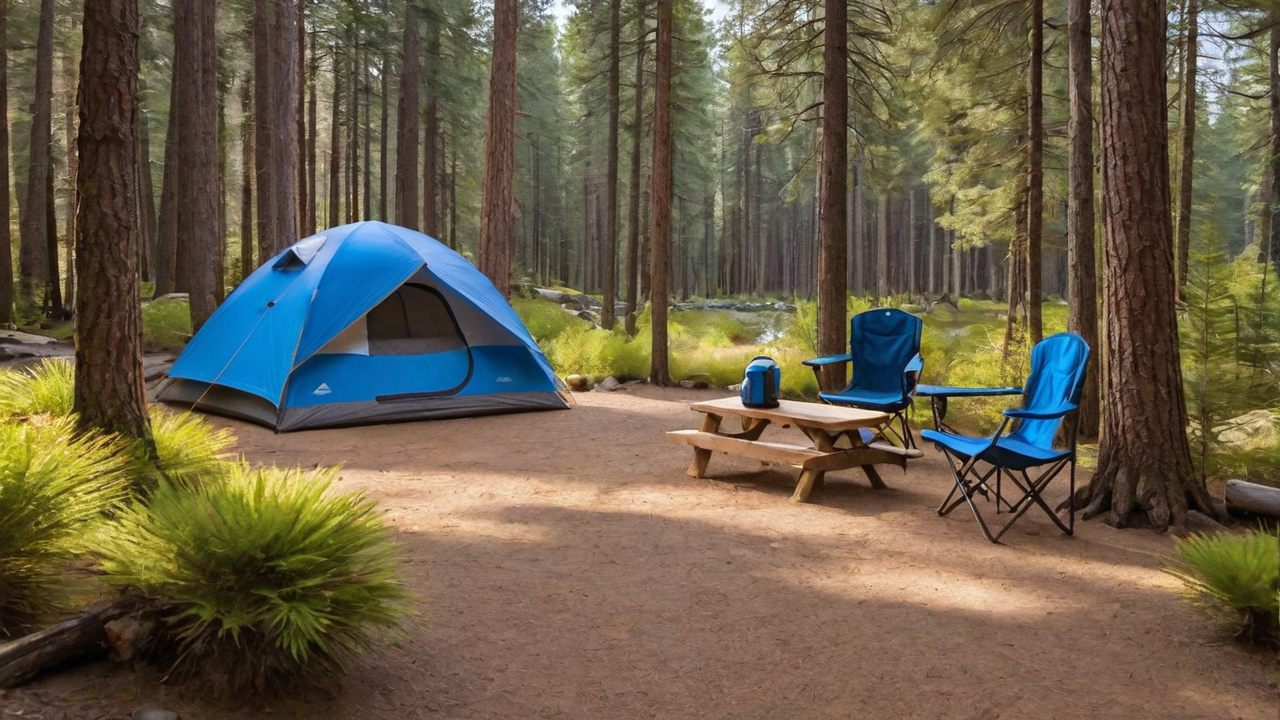Creating an Ultimate User's Experience: Design Principles for Camping Software

Comprehending Your Audience
Knowing who the intended audience is crucial in designing an efficient user's interface. It's important to take into account their necessities, preferences, and technology savviness. Such knowledge leads the designing decision, guaranteeing that the program is user-friendly and easy to use.
Understanding the audience likewise means recognizing their challenges and the way they plan to utilize the camping software. This allows designers to customize features and capabilities that meet specific needs, therefore making the application not only useful but also essential.
Streamlining the Navigation
Streamlining the navigation system is a key element of user interface design. An straightforward menu system ensures visitors can easily locate what they're searching for, minimizing frustration and enhancing user satisfaction. It's about making the journey inside the software as seamless as possible.
Moreover, a well-designed navigation leads users throughout the application, highlighting features and capabilities that they otherwise would miss. This an method not only enhances usability but also promotes deeper engagement with your campground software's full range of features.
Incorporating High Quality Graphics
Visuals play an important part in designing an appealing UI. They aid in breaking up text and can also illustrate functions in a more effectively than text alone. Choosing the correct graphics, icons, and color schemes can greatly enhance the overall appearance of the software, thereby making it more appealing to your eye.
Moreover, a consistent visual style is for creating a strong brand identity and trust among your users. Every element must be in alignment with the brand's principles and the overall message of the application, creating a seamless user experience that is both polished and welcoming.
Enhancing the Responsiveness
In the current digital world, users demand camping software to be responsive on every platforms, from desktops to smartphones. An responsive design ensures that no matter of what screen size, your software offers an uncompromised user experience. This not only boosts usability but likewise caters to the users’ on-the-go lifestyle.
Additionally, enhancing the responsiveness could result in better performance, decreasing the loading time and avoiding frustration. Users appreciate a quick and smooth interaction when accessing campground software, which makes speed a vital aspect in user satisfaction.
Optimizing the Search Functionality
Searching for info quickly is crucial in any application, particularly in campground software systems. Optimizing the search functionality enables visitors to effortlessly discover what they're looking for, which improves their experience and efficiency. By intelligent search features, you can decrease the frustration and increase overall satisfaction.
Additionally, sophisticated search features such as filtering options and tagging can help in narrowing down results, making the process even efficient. Introducing these functionalities demonstrates a understanding of your user’s needs and a commitment to making their experience with the campground software as smooth and effective as possible.
Focusing on User Security
Protecting user information is always non-negotiable when coming to developing campground programs. Users need to feel safe when entering their personal information. Ensuring strong security measures not only protects their information but likewise builds a sense of trust between your customer and your company.
In addition to standard protections like strong passwords and data encryption, it's important to consider integrating sophisticated options such as two-factor authentication or biometric security logins. Such measures provide additional layers of protection, further ensuring that customer information is held secure from unwanted access.
Utilizing User Feedback
Gathering feedback is essential for the continual development of any campground program. It enables the developers to grasp what is working, what doesn’t work, and how the software can be bettered to meet user needs. This feedback creates a sense of community between the customers and your development team, which makes them feel like they are actively part of the product's journey.
Incorporating feedback effectively can result in noticeable enhancements in UI designs and overall user experience. Implementing changes based on actual feedback proves that your brand cares about its customers and is committed to providing a high-quality product.
Maintaining the Simplicity
In the realm of UI design, the principle of simplicity is golden. A overly complicated UI can confuse the users, resulting in a poor user experience. Keeping things simple, on the other hand, helps your software easier to understand and navigate. This encourages greater engagement and satisfaction levels.
Additionally, maintaining simplicity should extend to your software’s content and functionality. Avoiding unneeded features that don’t contribute real value can help ensure that your interface remains clean and focuses on meeting the essential needs of your end-users. By doing so, you can craft a more effective UX that appeals with campground and rv park management software your target audience.